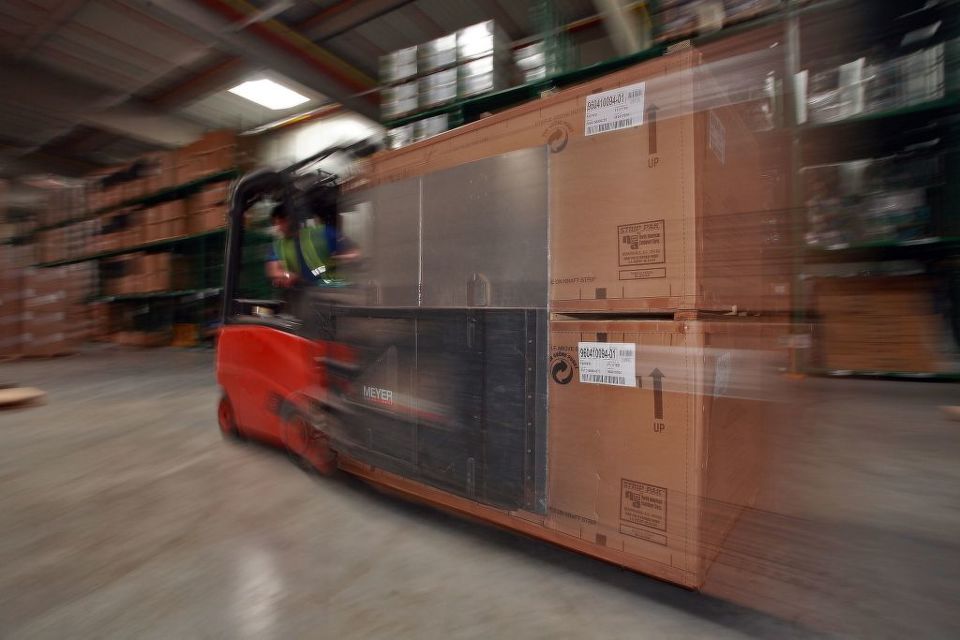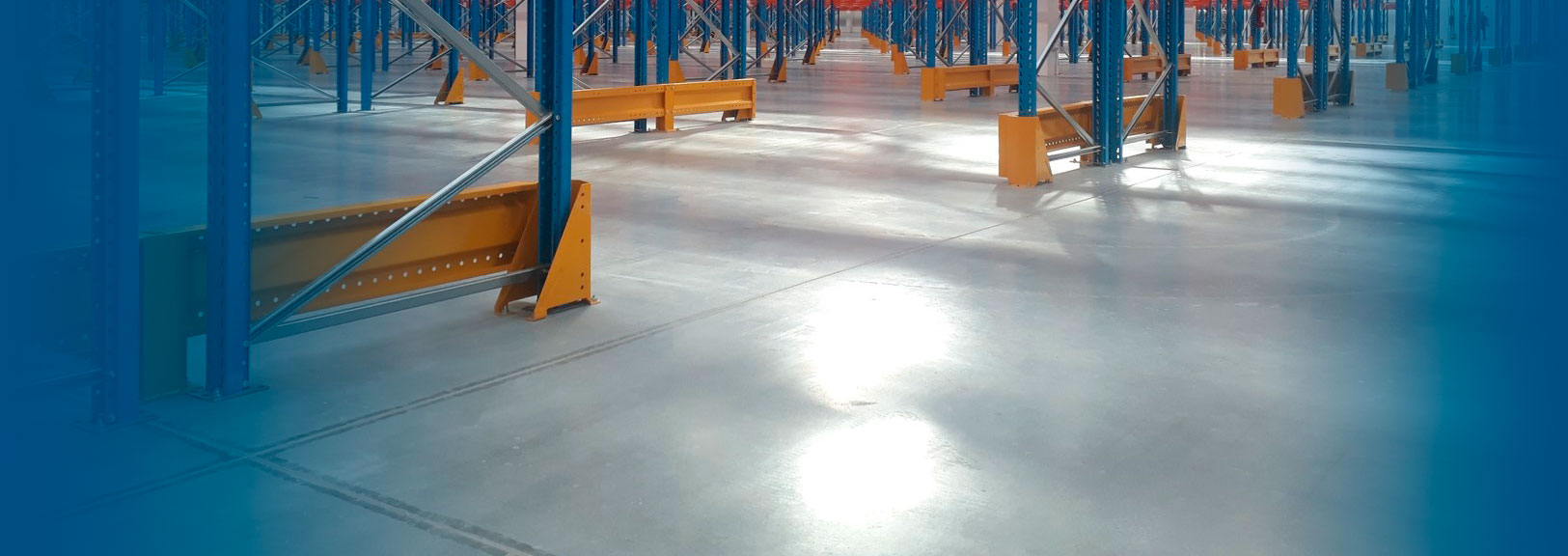The packaging simply wasn't on the market
 The turbulent period of recent years has resulted in a number of problems resulting in cooling markets and lower consumer demand. First there was simply no or little packaging, then it became extremely expensive. Packaging has also become a big issue for managers of manufacturing companies, even though they have not had to deal with it before. Production was in danger of stopping due to the accumulation of goods that had no packaging. Tomáš Körner, Head of Product Packaging at Geis CZ + SK, explains how the logistics provider dealt with the situation: "Fortunately, we were pre-stocked in such a way that none of our clients had a shortage problem and we were able to cover the needs of other companies with whom we may not have been cooperating for a long time. So we were able to keep the price stable thanks to the stock."
The turbulent period of recent years has resulted in a number of problems resulting in cooling markets and lower consumer demand. First there was simply no or little packaging, then it became extremely expensive. Packaging has also become a big issue for managers of manufacturing companies, even though they have not had to deal with it before. Production was in danger of stopping due to the accumulation of goods that had no packaging. Tomáš Körner, Head of Product Packaging at Geis CZ + SK, explains how the logistics provider dealt with the situation: "Fortunately, we were pre-stocked in such a way that none of our clients had a shortage problem and we were able to cover the needs of other companies with whom we may not have been cooperating for a long time. So we were able to keep the price stable thanks to the stock."
Better a sure thing than a price gouge
Over the course of last summer, packaging supply chains began to return to their capacity norms, packaging was plentiful and as demand began to fall, prices slowly decreased. After all the escapades and hard knocks, packaging buyers in manufacturing and retail companies are not just looking at price. Other factors are becoming increasingly important when deciding on a supplier. They want to find a partner they can rely on and not deal with such fluctuations. Indeed, more than one company has even faced existential problems due to a lack of packaging.
While some packers offer packaging material at significantly lower prices than the market, their business is not sustainable in the long term. In addition, they reduce the reliability and quality of the whole industry - at the slightest market fluctuation they usually struggle to meet their commitments with clients, setting off another spiral of problems.
How to save on packaging
Packaging does form part of the cost of the product, but this must also be considered in the light of all other related aspects. It is not only the price of the packaging that is important. It is also the method of packaging, the quality of the material used and even the use of storage space. However, after the austerity measures associated with the covid pandemic, it is difficult to find further savings in packaging. Körner confirms: "Clients are increasingly coming to us for advice and suggestions for new packaging solutions for their goods. In our consultations, we try to find further possible savings in order to optimise the amount of packaging and its use. It is not uncommon that a small change in the established system saves the client quite a lot of money."
Plastic is greener than paper
The pressure to go green comes not only from public institutions, but also from companies themselves and the final consumer often demands a greener option. Green materials, renewables, sustainability, carbon footprint.... But is what is presented as such really the most environmentally friendly? "In an ideal world, plastic is more environmentally friendly than paper," says Tomas Körner. After all, a lot of chemicals, dyes, adhesives are used to produce paper packaging... And it can only be recycled seven times, while plastic is theoretically infinitely recyclable. If all the plastic is sorted, then the ecological result is clear. But that's not realistic, so the truth is somewhere in between.

Price or ecology?
More and more companies and individuals are moving in the direction of sustainable development. However, with rising inflation, higher costs for companies and lower real incomes for people, price is expected to play a more important role in relation to environmental aspects than in previous years. Green solutions are often more expensive, so it is expected that many people and companies will have to put environmental concerns on the back burner a little. In addition, society is beginning to bubble up with an aversion to all things organic, eco and green. Of course, there are many companies whose business is growing successfully despite the problems, and so they do not have to choose between price and ecology.
"Any predictions of future developments are now more like crystal ball gazing. I expect a slight drop in packaging prices and a subsequent stagnation in the second quarter of this year, but it is hard to say what will happen in reality. Environmental concerns will remain a major issue in the choice of suitable packaging, but given the unfavourable market development and the financial situation of the individual entities, I think they will have to give way slightly to price in some companies. Furthermore, given the circumstances of the past years, I do not dare to make any more specific forecasts," Körner added.


 The turbulent period of recent years has resulted in a number of problems resulting in cooling markets and lower consumer demand. First there was simply no or little packaging, then it became extremely expensive. Packaging has also become a big issue for managers of manufacturing companies, even though they have not had to deal with it before. Production was in danger of stopping due to the accumulation of goods that had no packaging. Tomáš Körner, Head of Product Packaging at Geis CZ + SK, explains how the logistics provider dealt with the situation: "Fortunately, we were pre-stocked in such a way that none of our clients had a shortage problem and we were able to cover the needs of other companies with whom we may not have been cooperating for a long time. So we were able to keep the price stable thanks to the stock."
The turbulent period of recent years has resulted in a number of problems resulting in cooling markets and lower consumer demand. First there was simply no or little packaging, then it became extremely expensive. Packaging has also become a big issue for managers of manufacturing companies, even though they have not had to deal with it before. Production was in danger of stopping due to the accumulation of goods that had no packaging. Tomáš Körner, Head of Product Packaging at Geis CZ + SK, explains how the logistics provider dealt with the situation: "Fortunately, we were pre-stocked in such a way that none of our clients had a shortage problem and we were able to cover the needs of other companies with whom we may not have been cooperating for a long time. So we were able to keep the price stable thanks to the stock."